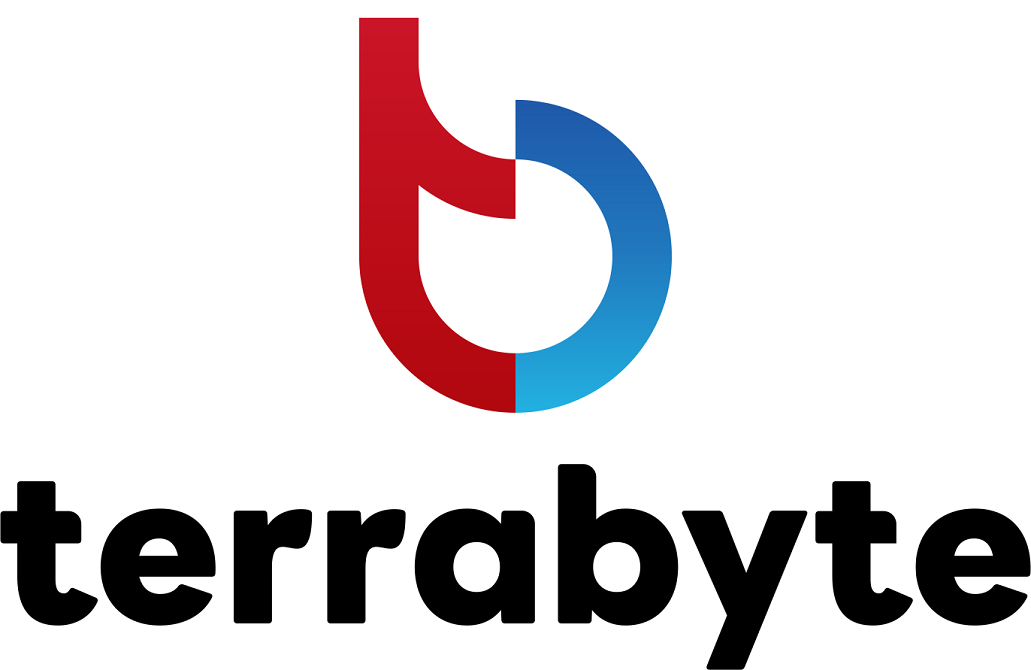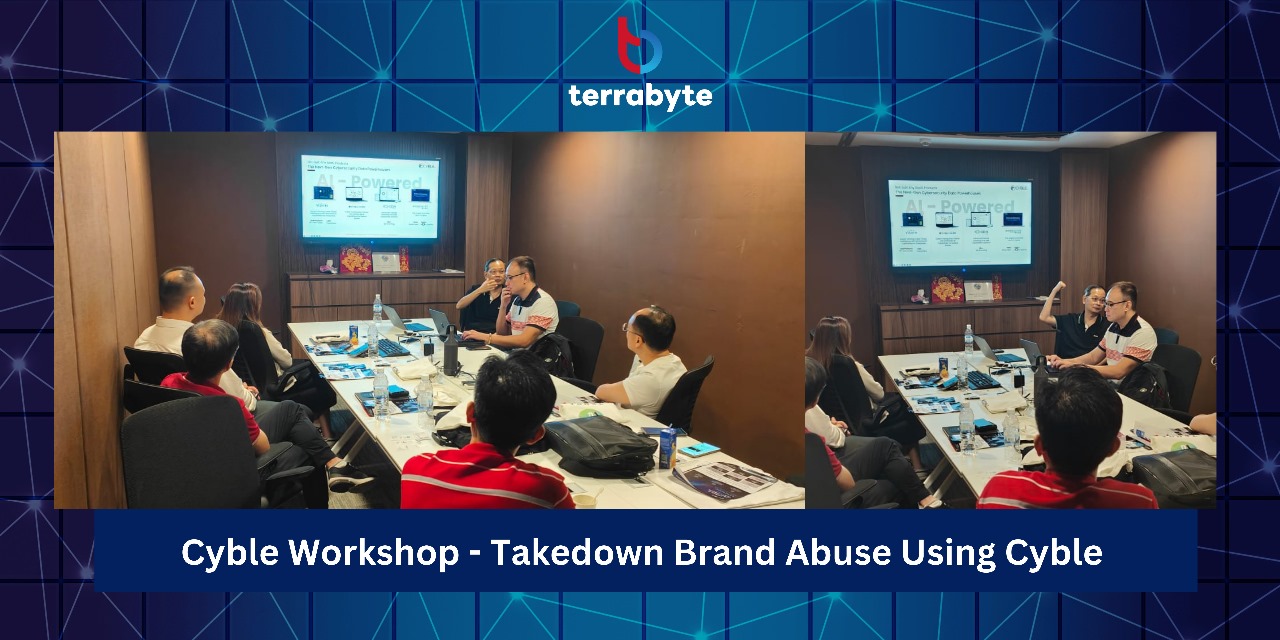As cyber threats evolve, traditional security models are no longer sufficient to protect organizations from sophisticated attacks. Zero Trust Architecture (ZTA) has emerged as a revolutionary approach to cybersecurity, designed to address the shortcomings of perimeter-based defenses. This article explores Zero Trust Architecture, its core principles, and the essentials for modern businesses.
What Is Zero Trust Architecture?
Zero Trust Architecture is a security framework that operates on the principle of “never trust, always verify.” Unlike traditional security models that rely on a secure perimeter to protect internal systems, ZTA assumes that threats can exist inside and outside an organization’s network. It requires continuous verification of all users, devices, and applications trying to access resources, regardless of location.
Key features of Zero Trust Architecture include:
- Identity Verification: All users and devices must be authenticated and authorized before accessing resources.
- Least Privilege Access: Users are granted access only to the resources they need for their tasks, minimizing potential damage from unauthorized access.
- Micro-Segmentation: Networks are divided into smaller segments to contain threats and limit lateral movement by attackers.
- Continuous Monitoring: Activity is constantly analyzed to detect anomalies and respond to potential threats in real-time.
The Limitations of Traditional Security Models
Traditional cybersecurity relies heavily on perimeter defenses like firewalls and VPNs, which create a secure boundary around an organization’s network. While effective in the past, this approach has significant limitations:
- Rise of Remote Work: Employees accessing corporate networks from various locations have expanded the attack surface.
- Cloud Adoption: Data stored in cloud services is often outside the traditional security perimeter.
- Sophisticated Threats: Advanced threats, such as insider attacks and supply chain compromises, can bypass traditional defenses.
These challenges highlight the need for a more dynamic and adaptable security framework like Zero Trust.
Why Zero Trust Architecture Matters?
Adopting Zero Trust Architecture offers several key benefits for modern organizations:
- Enhanced Security: By requiring strict verification for every access request, ZTA minimizes the risk of unauthorized access and data breaches.
- Adaptability: Zero Trust supports remote work, cloud environments, and hybrid infrastructures by securing all entry points.
- Regulatory Compliance: Many regulations, such as GDPR and CCPA, require robust data protection measures. ZTA helps meet these compliance standards.
- Mitigation of Insider Threats: Continuous monitoring and access control limit the potential damage caused by malicious or careless insiders.
Conclusion
Zero Trust Architecture represents a paradigm shift in cybersecurity, addressing the vulnerabilities of traditional models and adapting to the complexities of modern IT environments. By enforcing strict access controls, continuous monitoring, and micro-segmentation, ZTA provides organizations with a robust defense against evolving threats.
Zero Trust Architecture is redefining how businesses approach cybersecurity by ensuring that no user or device is trusted by default. This framework not only strengthens defenses but also aligns with the demands of modern IT environments, such as remote work and cloud-based services.
Start building your Zero Trust framework today with Terrabyte and iBoss solutions to protect your organization’s future!





